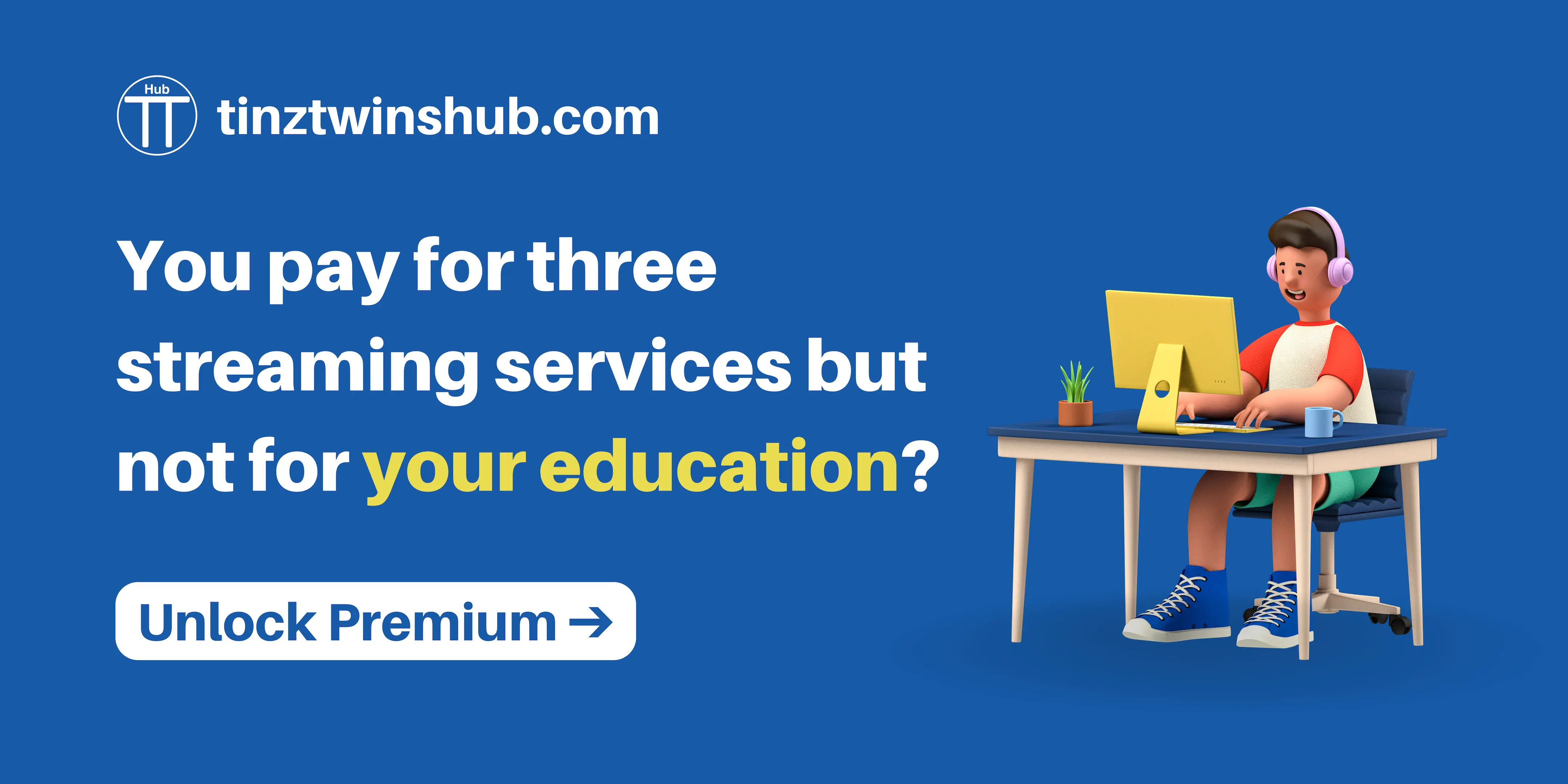Weekly Magic AI - Open-Source LLM Giraffe, GPT-3.5 Turbo Fine-tuning, and Code Llama
Top AI news of the week and Magic AI book of the week

Hi AI Enthusiasts,
Welcome to our weekly email newsletter, where we bring you the latest updates on Artificial Intelligence (AI) in an accessible way.
Top AI news of the week
🤖 Abacus.ai announces open-source LLM Giraffe
This week, a new open-source LLM was released. It is called Giraffe. This model is different from previous open-source models. It is the first commercially usable open-source LLM with a context size of 32k. Most open-source models only support a context window of 2k or 4k, which limits the number of actual applications you can solve with them. The context window indicates how many words the model can consider when generating a response. For example, a model with a too-small context window cannot process large PDF documents.
Llama 2 is one of the most popular open-source models. But it only has a 4k context window. This is unusable for production-ready applications. Giraffe extends the context from 4k to 32k. It is thus the longest context window supported by an open-source model! All Giraffe models (4k, 16k and 32k) are available through HuggingFace. That is a big step towards production-ready open-source LLMs.
More information:
- Giraffe - Long Context LLMs - Abacus.ai Blog
- Giraffe - Adventures in Expanding Context Lengths in LLMs - arXiv Research paper
📃 Feed GPT-3.5 Turbo with own data
OpenAI launched a massive product update. They have enabled fine-tuning for GPT-3.5 Turbo. Now, developers can customize their models for better performance on specific tasks. Those who feed GPT-3.5 Turbo with their own data can push the language model’s performance above that of the base GPT-4 version for specific tasks, OpenAI promises. The data that companies or individuals send via the fine-tuning API are the property of the customers. Moreover, OpenAI would not use the data to train models. Fine-tuning for GPT-4 is reportedly coming this fall.
More information:
- GPT-3.5 Turbo fine-tuning and API updates - OpenAI Blog
💻 Meta AI releases Code Llama: A Large Language Model for coding
Meta has released a program called Code Llama. It builds on Meta’s large language model Llama 2 and is used to generate new program code. Furthermore, it can help to fix errors in the code. Code Llama comes in three sizes, with 7B, 13B, and 34B parameters. The goal of Code Llama is to make developers’ workflows more efficient so they can focus on the people-related aspects of their jobs. You can use Code Llama free of charge, and it is commercially (Llama 2 Community License) usable.
More information:
- Introducing Code Llama, a state-of-the-art large language model for coding - MetaAI Blog
- Code Llama - GitHub Repo
Magic AI book of the week
In the book “Storytelling with Data: Let’s Practice! by Cole Nussbaumer Knaflic”, you will learn how to tell stories with data. We learn a lot about language and mathematics at school. In language, we learn how to make sentences from words. In mathematics, we learn how numbers work. But rarely do we learn how to tell stories with numbers.
This book contains many exercises with real-life examples. The exercises are designed to get you thinking. Each exercise has detailed step-by-step instructions with explanations. Good data visualization makes the difference between success and failure. Few people are well-trained in data visualization. Many people are not aware of this. Read this book to tell stories with data.
💡 Do you enjoy our content and want to read super-detailed articles about AI? If so, subscribe to our blog and get our popular data science cheat sheets for FREE.
Thanks for reading, and see you next time.
- Tinz Twins
P.S. Have a nice weekend!





